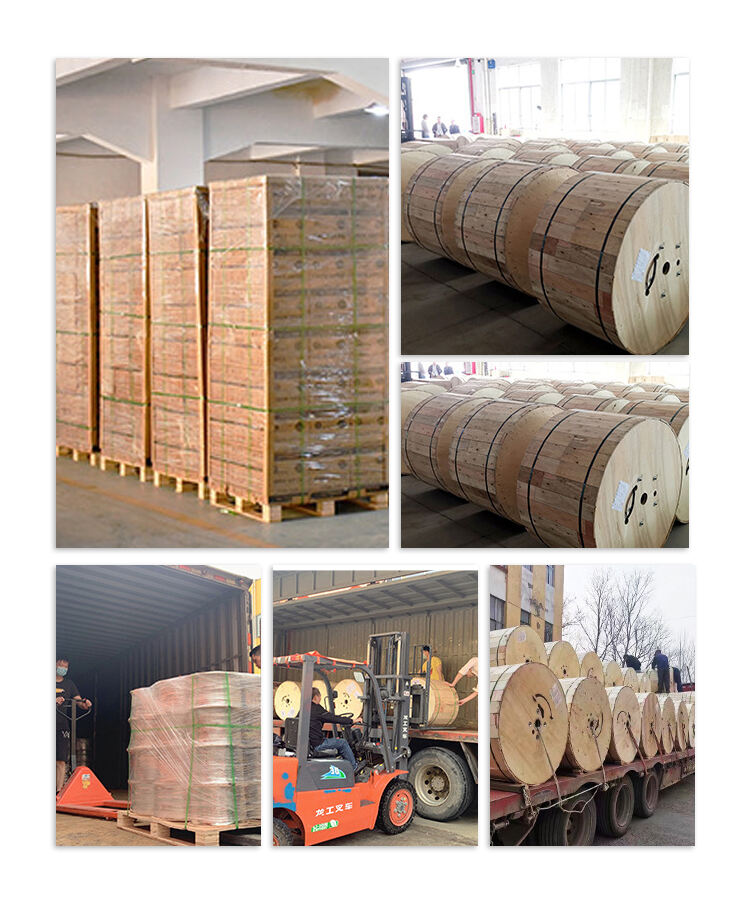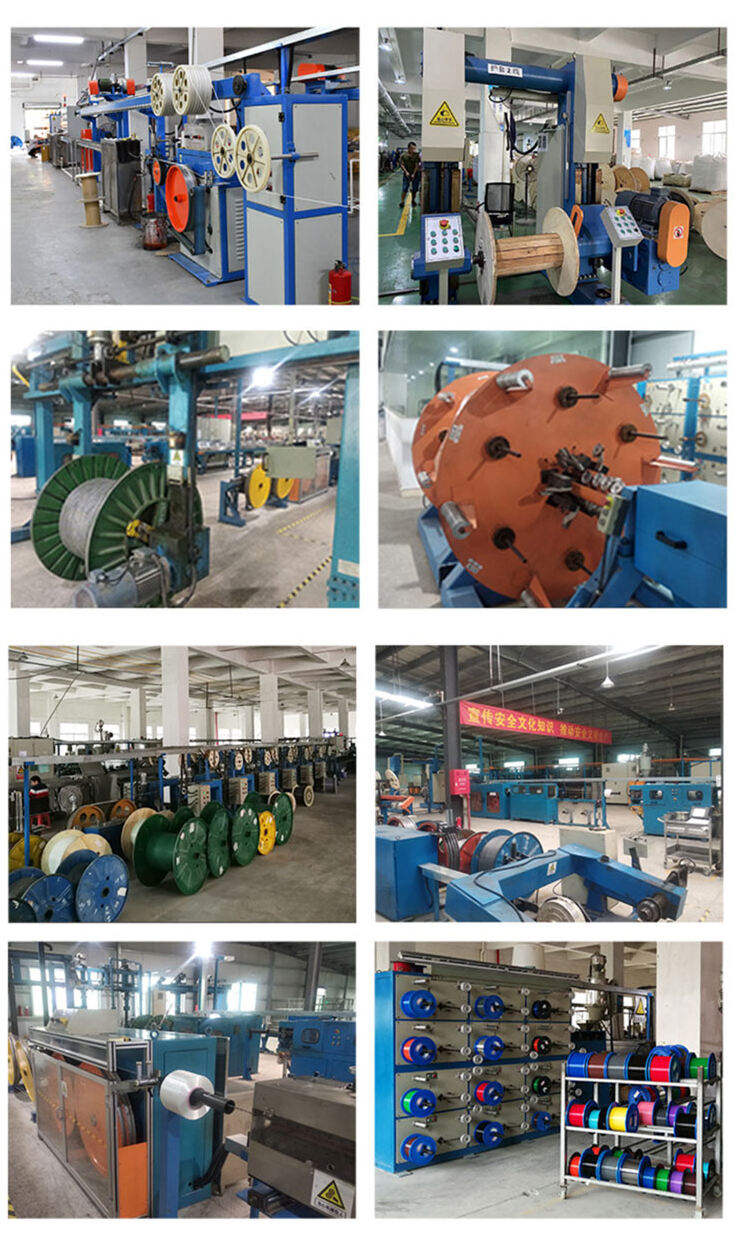
Fiber pigtails are short bits of fiber optic cable with a connector on one end and a bare fiber on the other end. The part of the fiber without a connector is intended to be spliced or fused with other fiber optic cables. Fiber pigtails are used in the installation of fiber optics, particularly in cases where there is a need to join a pigtail fiber optic cable and a ported device. Fiber pigtails for splicing can also be used in a fiber optic distribution box to link the principal fiber optic cables with respective drop fibers for users or segments of the network.
